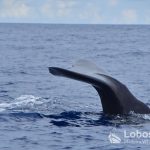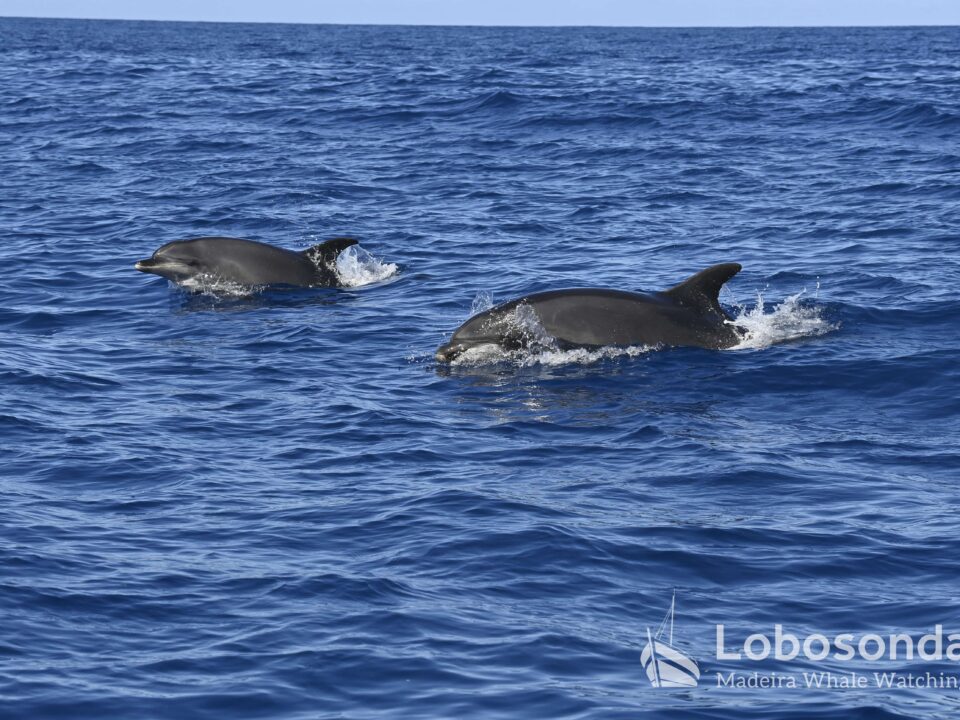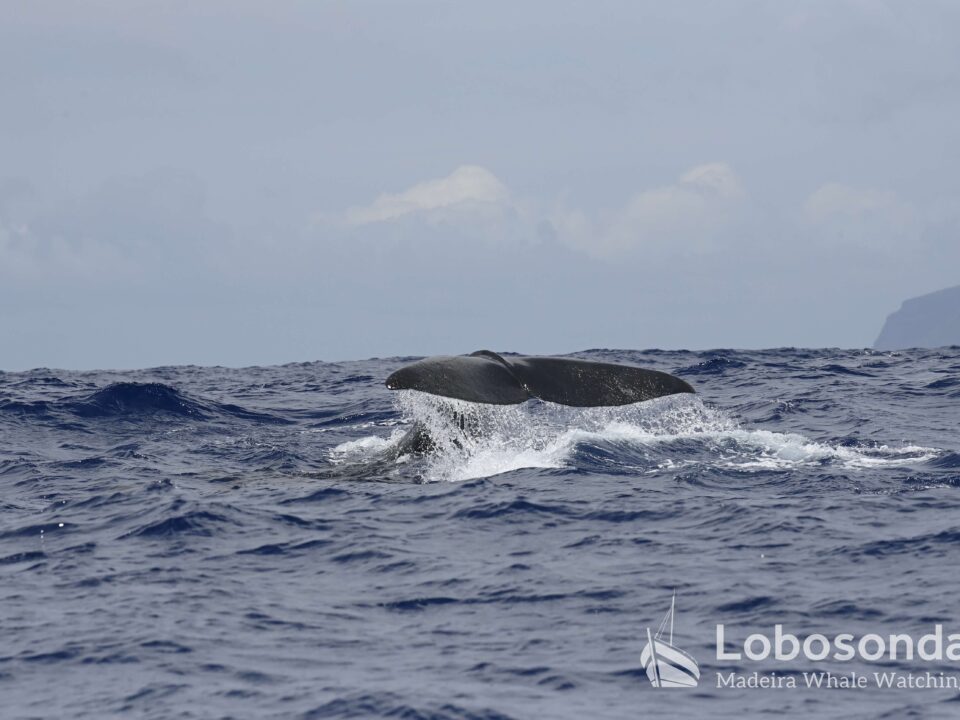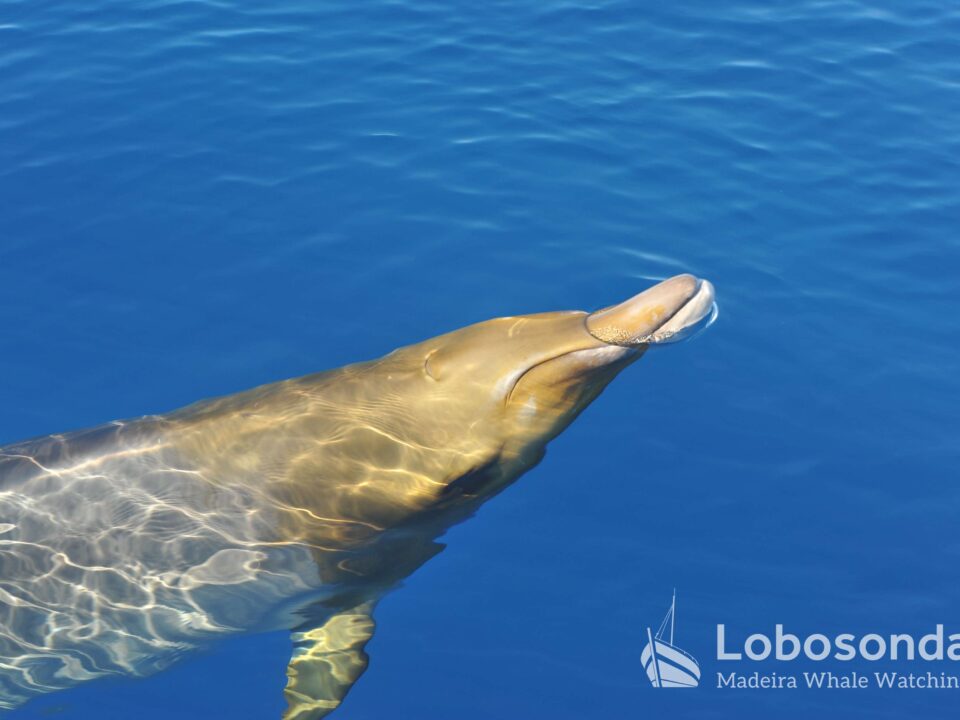
07.09.2024 – One Rare One Regular
September 15, 2024
09.09.2024 – Marine women day
September 17, 2024Every day, I recommend our guests to enjoy the wonderful but eventually brief encounters in the ocean with all their senses. Marine mammals spend most of their day inside the water. It is only a glimpse that we might have with them – let us understand how special and precious these moments are. Let us put our cameras and phones away for a moment, observe the animals with our own eyes. You might be able to see details on their skin, look them into their eyes, listen to their breaths. On even more special encounters, we are able to listen to some more details. And here comes one of my favourite tools into play: our hydrophones.
Most of a cetacean’s life is controlled by sound. Sound waves travel fast in water, and therefore are crucial for almost all their life aspects. Especially Toothed whales (Odontoceti) find food via sound. Sound will be used for orientation and communication. Some species of Baleen whales (Mysticeti) have gone as far as producing sophisticated songs.
If the conditions during our tours allow, we will lower one of our hydrophones into the ocean and eavesdrop for a moment. A hydrophone is nothing other than a microphone that can be used underwater. You will hear all of the ocean’s surroundings. Being close to a group of dolphins, we might hear some of the high frequency whistles, which are mainly used to communicate between each other. Often, we hear click sounds as well, which are rather used to orientate, or to find prey. Different whales and dolphins will use different frequencies. In some species, even different dialects have evolved within the same species. But the animals are not constantly communicating. Some species, just as the Atlantic spotted dolphins (Stenella frontalis), are often very chatty, while Bottlenose dolphins (Tursiops truncatus) use to be more silent. We had the luck to observe both of these beautiful species on our morning tours. The largest of all the toothed whales, Sperm whales (Physeter macrocephalus), have a very own and incredible system of sounds, which are solely made of click sounds. Some of our today’s guests were able to observe these deep diving giants closeby, while others might only have had the chance to hear them via the hydrophones. Sperm whales are almost constantly emitting click sounds, as they spend about 75% of their daytime scanning the ocean with clicks for squid in the depths. Not much different than a bat looking for prey in the dark, if you want. We call this technique echolocation – the sound waves reflect on their prey just like an echo and the whales can “see” via sounds in the deep, dark ocean. To see sperm whales on the surface, you only have a very small time window. After only about 5 to 10 minutes refilling their bodies with oxygen, they will be heading down vertically into the depths again. After a few 100 meters, as the light in the ocean faints, the only thing that will be left for us to sense is a distant “click….click…click”.
by Sarah Kather
Sightings of the day
Ribeira Brava
09:30 Bottlenose dolphins, Atlantic spotted dolphins
13:30 Atlantic spotted dolphins
Stenella
09:30 Bottlenose dolphins , Atlantic spotted dolphins, Sperm whales
14:00 Atlantic spotted dolphins, Sperm whales
17:00 Atlantic spotted dolphins, Sperm whales


























